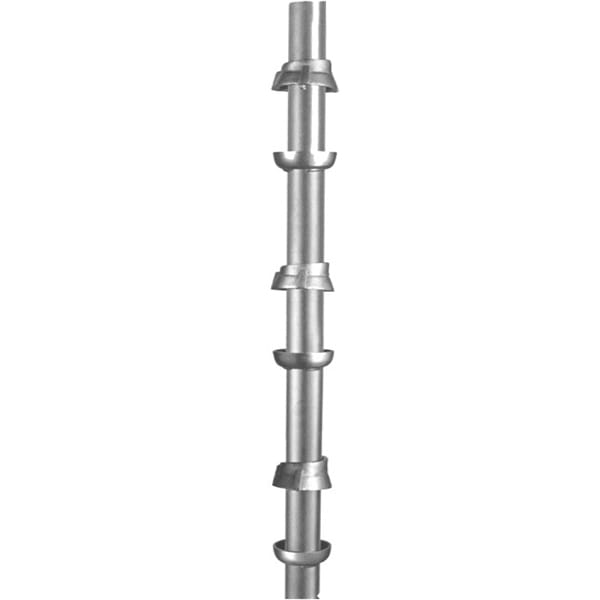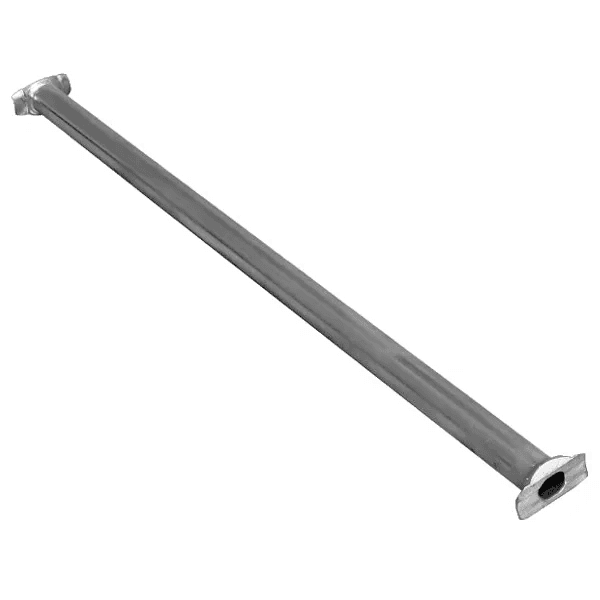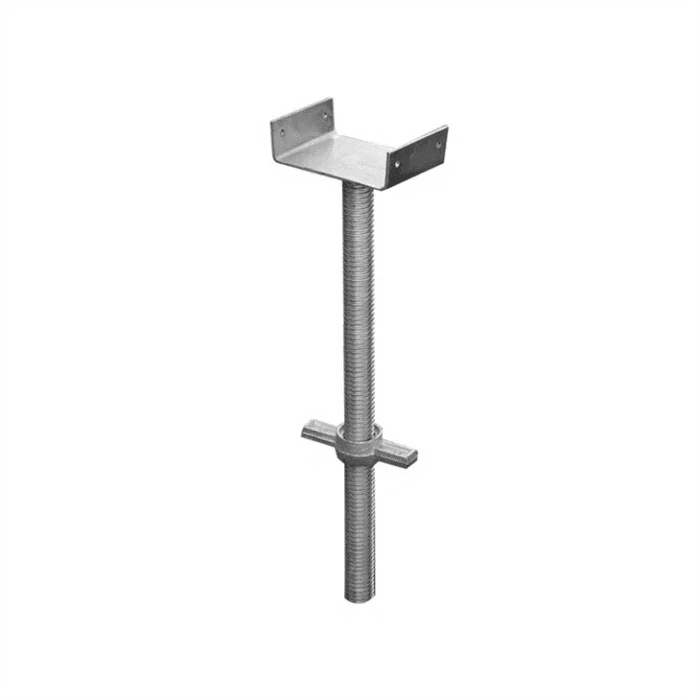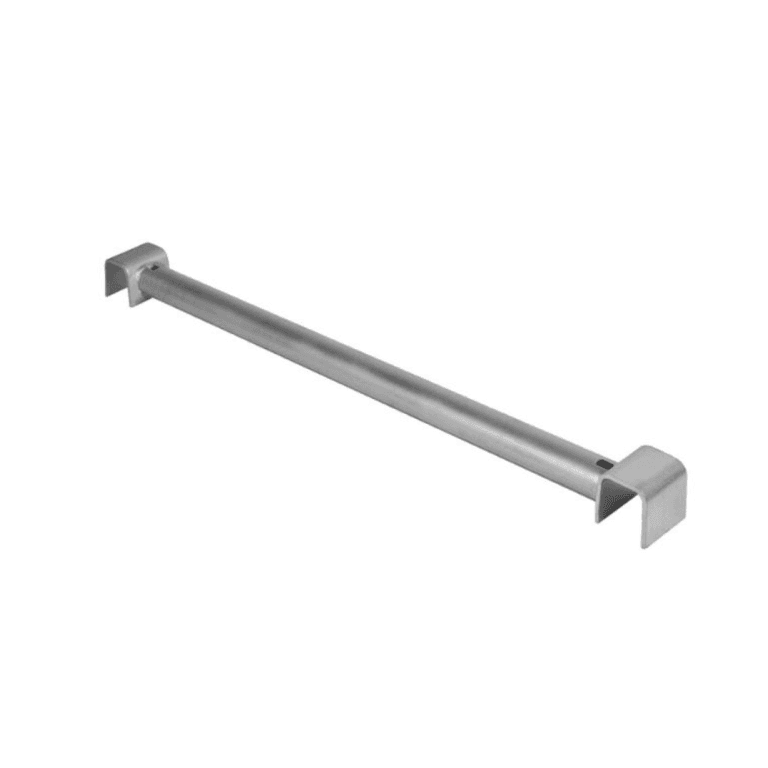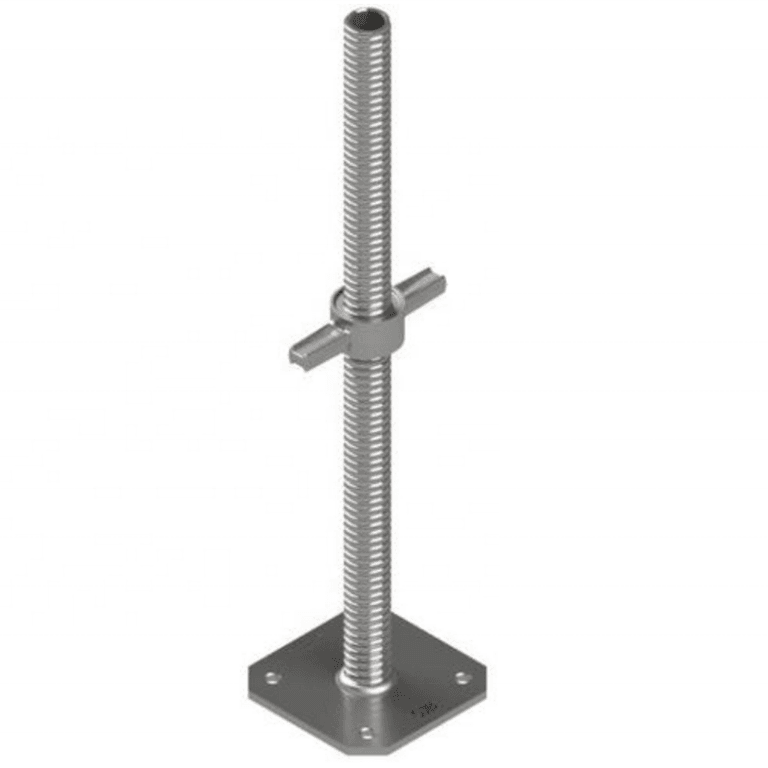Cuplock Scaffolding: The Backbone of Safe and Efficient Construction
Introduction

Safety is our unwavering priority, shaping everything we do every single day.

Certified by trusted external bodies to ensure our customers’ complete peace of mind.

Creative design and smart material planning to deliver cost-efficient solutions.

Innovations for now and the future of the civil and construction industries.
Cuplock Scaffolding Products
Cuplock Scaffolding Standard
Cuplock Ledger
Adjustable U Head
Cuplock Scaffolding Transom
Cuplock Universal Jack
Scaffolding jack Plate
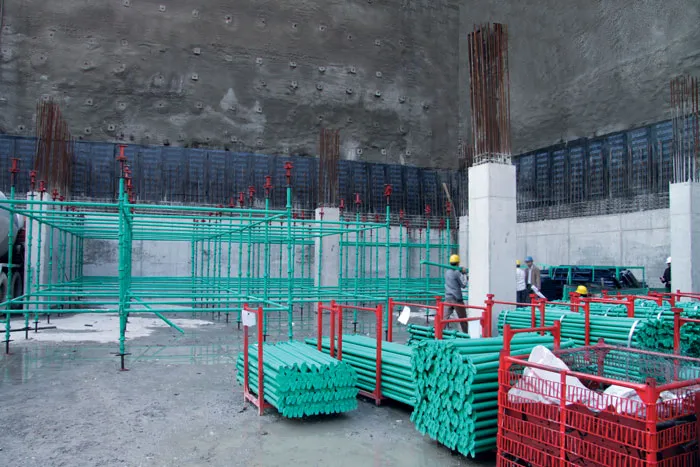
What Is the Cuplock System Scaffold?
The Cuplock system scaffold is essentially a modular scaffolding system composed mainly of galvanized steel. Its distinctive locking mechanism, which employs circular cups to firmly hold horizontal members (ledgers) in place around vertical tubes (standards), is what gives it the name “Cuplock.” Cuplock employs a node point locking mechanism, as opposed to conventional scaffolding, which frequently depends on clamps and bolts. Simply insert the ledger into the cup, twist it, and you’re ready to go. This ingenious design guarantees a tight, stable structure with fewer parts to worry about, eliminates the need for loose fittings, and shortens setup time.
1. Key Components of Cuplock Scaffolding
Understanding the Cuplock scaffolding system’s primary components is helpful in understanding how it operates. The standard, which are the vertical tubes that support the weight, is the system’s backbone. Every standard features cup joints where horizontal members lock in at regular intervals, typically every 500 mm. Lateral support is provided by those horizontals, which are known as ledgers. Then there are transoms, which support platforms and provide additional strength. Base plates, movable jacks, and stability braces are additional essential components.
These components are all designed to fit together easily, swiftly, and securely. To proceed, simply use a hammer to tighten the top cup; no bolts, screws, or other tools are required. That’s one of the reasons Cuplock is so well-liked on hectic building sites.
2. How the Cuplock System Works
Its special locking mechanism is what makes the CupLock system scaffold so brilliant. The “cup” is the central component, consisting of a sliding upper cup that locks the ledgers and transoms into position and a fixed lower cup that is welded to the standard. The upper cup is dropped down and twisted to secure everything firmly after the ledgers have been slotted into the lower cup. The outcome? a strong, unwavering connection.
This system saves a significant amount of time by enabling up to four ledgers to be connected at a single joint. Not only is the setup quick, but it also lowers the possibility of human error because no nuts, bolts, or specialized tools are needed. It’s one of the few systems that combines structural strength and simplicity, which is why so many contractors rely on it.
3. Advantages of Cuplock Scaffolding
Cuplock scaffolding stands out for its versatility in meeting various site requirements. This system can easily scale up or down, whether you’re working on high-rise buildings, industrial maintenance, or straightforward façade repairs. Because cup joints are evenly spaced, it is simple to build platforms at different heights, providing engineers and workers with flexibility.
And then there’s speed. Cuplock is up to 30–40% quicker to erect and dismantle than conventional scaffolding systems because it has fewer loose parts and no complicated fittings. Additionally, it improves safety because strong components and tight connections result in fewer mishaps and a more stable working platform. Additionally, they are made to last even in challenging conditions because the majority of their parts are galvanized.
4. Common Applications of Cuplock Systems
Cup Lock scaffolding components are utilized in many different types of projects. They are frequently seen on building façades or encircling high-rises during structural work in commercial construction. They are also frequently used in infrastructure projects where strength and stability are essential, such as industrial plants, bridges, and tunnels.
They’re also excellent for public events and temporary access structures because of their modular design. Consider makeshift stair towers at stadiums or access decks for refinery maintenance. One of Cuplock’s greatest advantages is its versatility; it can be used on uneven terrain, in confined areas, or even on curved façades.
5. Why Contractors Prefer Cuplock Scaffolding
Ultimately, contractors are concerned with budget, safety, and efficiency, and Cuplock meets all three. Because there are fewer parts, there are fewer items to handle, store, and transport. On large jobs, the time and labor savings from the quick assembly quickly mount up.
Beyond that, people are drawn to its dependability. The crew is aware of what to anticipate each time a Cuplock scaffold is raised: sturdy connections, level platforms, and a system that will not buckle under stress. Additionally, because of its widespread use, finding replacement parts or hiring qualified installers is rarely an issue.
6. Cuplock vs. Traditional Scaffolding Systems
When comparing Cuplock scaffolding systems to traditional tube-and-coupler scaffolding, the differences are pretty stark. Cuplock systems are far quicker to assemble, thanks to their unique locking mechanism that eliminates the need for bolts and nuts. In contrast, traditional systems require multiple components and tools, which makes setup more labor-intensive and time-consuming.
Let’s break it down in a quick table:
| Feature | Cuplock Scaffolding | Traditional Scaffolding |
| Assembly Time | Fast (minimal tools needed) | Slower (requires tools and more labor) |
| Connection Mechanism | Cup and blade locking | Clamps, bolts, and couplers |
| Stability | High (pre-engineered joints) | Moderate (depends on manual setup) |
| Labor Requirement | Low | High |
| Cost (Initial Investment) | Higher | Lower |
| Long-Term Cost Efficiency | High (reusability & speed) | Moderate |
While the initial cost of Cuplock may be higher, it pays off in the long run with faster assembly and lower labor expenses. For large-scale projects where time and safety matter most, Cuplock takes the win.
7. Safety Features and Considerations
Safety is non-negotiable on any construction site, and Cuplock scaffolding is built with that in mind. Its rigid and uniform design reduces the chances of instability. Because all joints lock securely with no room for error, workers face fewer hazards related to shifting parts or weak connections.
Additionally, the system includes built-in safety accessories like guardrails, toe boards, and access ladders, which help keep work at height as secure as possible. The uniform spacing of ledgers and standards also ensures that platforms stay level, reducing trip hazards and uneven footing.
Here’s a quick look at the built-in safety features of the Cuplock system:
| Safety Feature | Description |
| Guardrails | Pre-fabricated rails that snap into place |
| Toe Boards | Prevent tools and materials from falling |
| Ladder Access Bays | Designed access points to improve worker safety |
| No Loose Fittings | Reduced risk of component failure |
| Uniform Platform Levels | Improves footing and material handling safety |
All of these features help ensure compliance with international safety standards like OSHA or EN 12810, making Cuplock a trusted choice across global construction sites.
8. Tips for Assembling and Dismantling Cuplock Scaffolding
Even though Cuplock is easier to assemble than most systems, a few best practices can make the process smoother and safer. First, always begin with a firm, level base. Use base plates or adjustable jacks to ensure the entire structure is supported evenly. This step is crucial, especially on uneven ground.
When building up, insert the ledgers horizontally into the bottom cups, rotate the top cup over the ledger blades, and hammer it tight. Always double-check that the cups are fully locked before proceeding to higher levels. For dismantling, the reverse order should be followed, and components should be handled with care to prevent bending or wear.
Pro tip: Always inspect components before reusing them. Look for rust, cracks, or bent parts, as these can compromise the integrity of the scaffold. A little maintenance goes a long way in preserving the long-term value of your Cuplock system.
9. Applications of Cuplock Scaffolding
 Offering a perfect solution for many construction and industrial tasks, cuplock scaffolding is adaptable. Its adaptable design fits both residential and commercial constructions as well as more particular ones like bridges, towers, and even stadiums. Cuplock scaffolding’s capacity to hold complicated, multi-level structures is one of its key benefits, which makes it the preferred choice for large-scale projects and tall buildings.
Offering a perfect solution for many construction and industrial tasks, cuplock scaffolding is adaptable. Its adaptable design fits both residential and commercial constructions as well as more particular ones like bridges, towers, and even stadiums. Cuplock scaffolding’s capacity to hold complicated, multi-level structures is one of its key benefits, which makes it the preferred choice for large-scale projects and tall buildings.
Apart from building sites, Cuplock scaffolding is frequently employed in maintenance and repair work for high-rise structures, industrial plants, and utilities. Its flexibility allows for fast changes, helping workers in difficult-to-reach places like the outer walls of skyscrapers or the inside of tunnels. Cuplock’s steady, safe platform offers a strong foundation for workers to stand on, hence lowering the need for further safety precautions.
Furthermore, temporary buildings such as stages for concerts, movie sets, and festivals frequently use Cuplock scaffolding. Its popularity in sectors where time is critical stems from its capacity to rapidly erect and take down scaffolding without sacrificing safety or stability.
10. Cost Breakdown of Cuplock Scaffolding
When thinking about Cuplock scaffolding, one must include both the initial investment and the long-term expenses. Although Cuplock systems could be more expensive up front than conventional scaffolding, their longevity and simplicity of construction usually lead to long-term cost reductions.
The size of the project and the parts required will determine the price of buying Cuplock scaffolding. Prices will differ depending on the quality and amount of the materials used for a basic Cuplock scaffold system, which will consist of standards, ledgers, braces, and decks. The expense could be significant for large-scale initiatives, but the total savings usually surpass the initial outlay.
Cuplock scaffolding cuts down on work time considerably, hence lowering labor expenses. Its modular structure lets you assemble and take apart things more quickly, hence reducing on-site time and boosting general production.
Costs of Storage and Maintenance: Although Cuplock scaffolding is renowned for its longevity, correct maintenance is still necessary to prolong the life of the parts. The system will stay in good operating order with regular inspections, cleaning, and storage. Fortunately, the upkeep is rather inexpensive as compared to conventional shoring & scaffolding, which could call for more regular repairs and replacements.
11. Maintenance and Storage Tips for Cuplock Scaffolding
Ensuring the longevity and ongoing safety of Cuplock scaffolding depends on its appropriate maintenance and storage. Here are some key suggestions to assist you in maintaining your Cuplock system in the best condition:
- Inspect every section of the Cuplock scaffolding for indications of wear and tear, such as rust, fractures, or bent components, before each use. Every joint and connection has to be checked for security since this directly affects the scaffolding’s stability.
- Remove dirt, debris, and concrete remnants by cleaning the parts after each usage. Often, maintaining the scaffolding in excellent shape calls for using light cleaning chemicals or a pressure washer. Steer clear of strong acids that could harm the surface finish.
- Store Cuplock scaffolding in a dry, clean environment, ideally off the ground, to avoid corrosion while not in use. Careful stacking of parts will help to prevent damage and facilitate the next assembly. Designate a storage area to arrange components and monitor stock. Repairs: Replace any damaged parts right away. Over time, regular maintenance might help to avoid expensive repairs. Only authorized people should fix the scaffolding to ensure its continued safety for use.
B.F.S Industries, Trusted Manufacturer and Supplier of Cuplock Scaffolding
B.F.S Industries is a leading manufacturer and supplier of high-quality Cuplock scaffolding systems, engineered to meet the highest industry standards. Using premium-grade materials and advanced manufacturing processes, we deliver products that ensure durability, safety, and ease of assembly. From small-scale builds to large industrial projects, our team can supply exactly what you need—quickly, reliably, and cost-effectively. Choosing B.F.S Industries means benefiting from proven expertise, superior quality, and dedicated support at every stage of your project.
Conclusion
In contemporary building, cuplock scaffolding has surely proven to be a dependable and effective answer. Contractors and workers alike like its simplicity, quick assembly, and great degree of safety. Cuplock scaffolding may assist in guaranteeing the safety, stability, and efficiency of your construction process, whether you are working on a major commercial development or a small home project.
To ensure that Cuplock scaffolding is the right choice for your next project, you must thoroughly understand its design, components, applications, and cost factors. To maximize the lifespan of your Cuplock system, you must commit to regular maintenance, proper storage, and precise assembly. Taking these steps will guarantee that it remains an invaluable tool for many years to come. Frequently Asked Questions about Cuplock Scaffolding.
Frequently Asked Questions (FAQ) About Cuplock Scaffolding
What is Cuplock scaffolding?
Cuplock scaffolding is a modular scaffolding system that uses a unique “cup” locking mechanism to securely connect the vertical and horizontal components. This system is widely used in construction due to its simplicity, flexibility, and safety.
How does Cuplock scaffolding compare to traditional scaffolding?
Cuplock scaffolding is more efficient and secure than traditional scaffolding. Its cup-locking system makes assembly and disassembly faster and easier, while its ability to handle heavy loads ensures greater stability. Cuplock scaffolding also requires fewer components, making it easier to transport and store.
Is Cuplock scaffolding suitable for all types of construction?
Yes, Cuplock scaffolding is highly versatile and can be used in a wide range of construction projects, from residential buildings to large-scale commercial and industrial sites. Its flexibility allows it to be adapted to various building shapes and sizes.
Is Cuplock scaffolding more expensive than traditional scaffolding?
While the initial investment in Cuplock scaffolding may be higher than traditional systems, the savings in labor costs and the long-term durability of the materials often make it a more cost-effective option over time.
How long does Cuplock scaffolding last?
Cuplock scaffolding is designed to be durable and long-lasting. With proper maintenance, it can be used for many years, providing a reliable and safe platform for construction workers.
